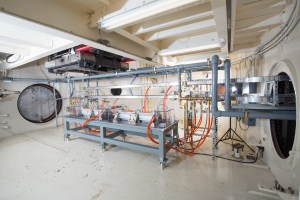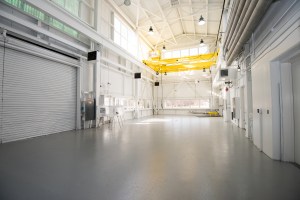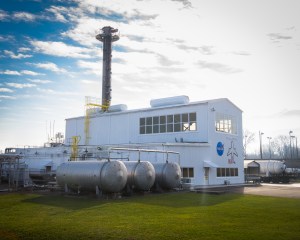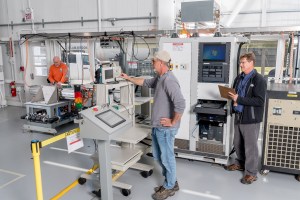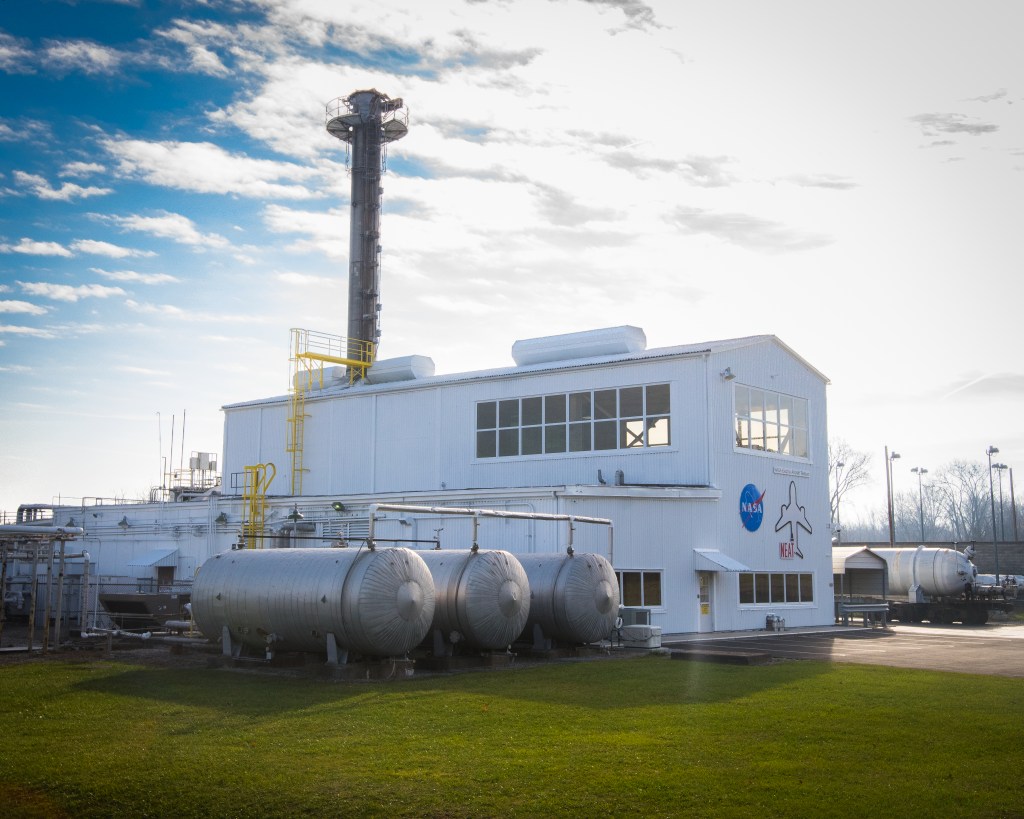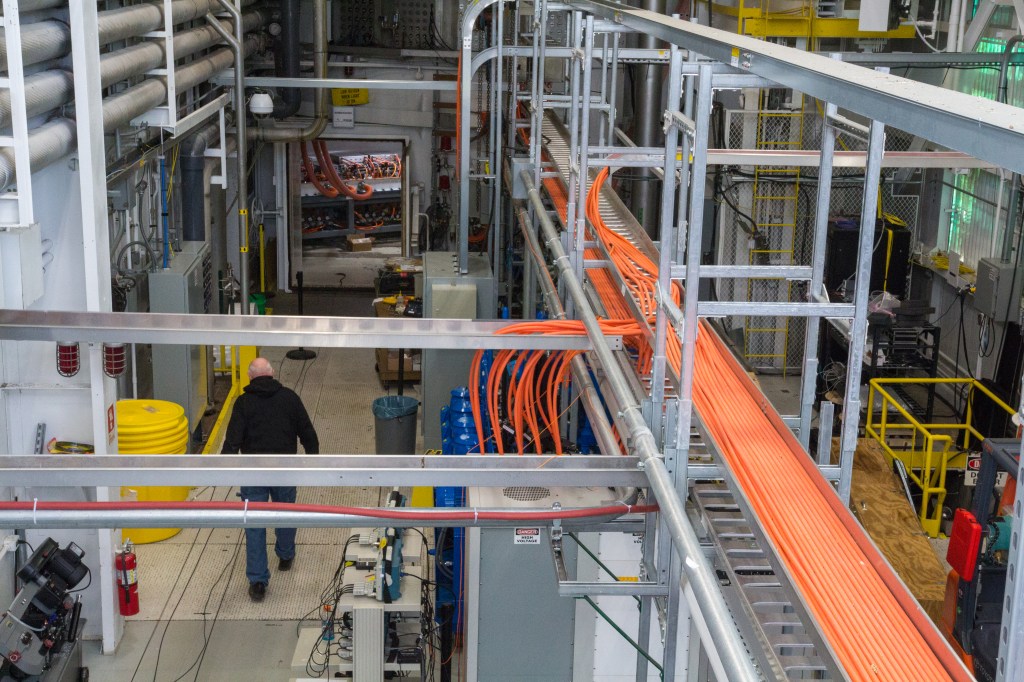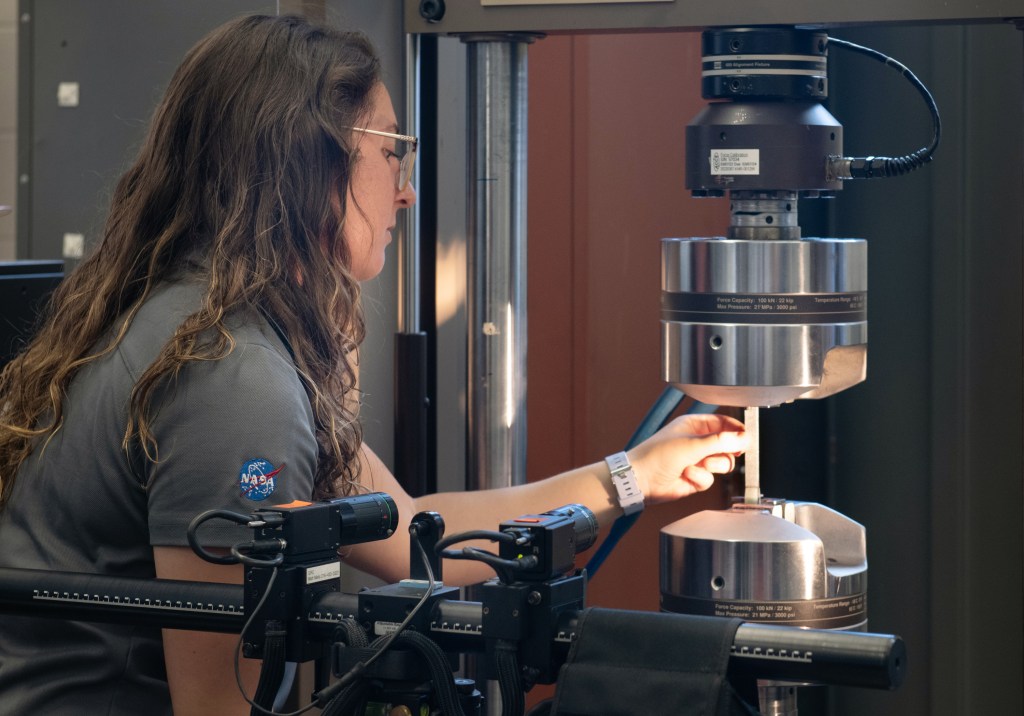NEAT
NASA Electric Aircraft Testbed
The NASA Electric Aircraft Testbed (NEAT) is an aeronautics test site at the forefront of sustainable aviation research and development. Located at NASA’s Neil Armstrong Test Facility in Sandusky, Ohio, NEAT provides end-to-end ground testing of megawatt (MW)-scale electrified aircraft powertrains to demonstrate next-generation hybrid and turboelectric commercial aircraft capabilities.
Quick Facts

Overview
Designed with a reconfigurable architecture, NEAT offers a safer and more cost-effective approach to maturing electrified aircraft propulsion technologies while remaining on the ground.
The testbed is built to accommodate single-aisle commercial airliners and provides a unique environment for industry, academia, and government to perform both individual and integrated tests of electrical powertrain systems and components under realistic flight conditions.
With increased voltages and significant power loads, future electrified aircraft will face new challenges in effectively managing onboard heat and electricity at high altitudes. Full-scale powertrain testing capabilities at NEAT allow researchers to evaluate the impacts of system and component interactions on overall aircraft performance, ensuring safety and reliability when eventually taken to the skies.
Capabilities
Powertrain Ground Testing
NEAT’s testing capabilities focus on improving electrified aircraft powertrain performance, including thermal and fault management, system communication, and electromagnetic interference standards. The facility’s main test area is large enough to accommodate the power system for a single-aisle aircraft carrying up to 180 passengers and can test various systems and components including electric motors and generators, control systems, fault management, and power.
Altitude Chamber
NEAT’s altitude chamber operates at various flight altitudes and enables unique testing of electrified aircraft powertrain components under simulated, controlled flight scenarios including takeoff, cruise, and landing.
Electrical Power
NEAT features alternating current (AC), direct current (DC), and bidirectional DC power for powertrain testing, as well as additional systems to further evaluate powertrain reliability, including load banks to generate electrical loads, ground loops with multiple paths of electrical flow, and batteries.
Electrical Machine Testing
As MW-class electric machines are incorporated in aircraft powertrains, NEAT provides the opportunity to test machine reliability and capabilities at high altitudes. The research systems brought to NEAT are paired with the existing test equipment through a mechanical connection and gearboxes. This configuration allows for a range of research operating voltages and speeds.
Support Systems
NEAT offers several support systems for powertrain testing, including a cooling system and instrument air – or clean, compressed air – and gearbox pressurization systems that provide air to the gearbox and additional equipment.
NEAT in the News
Stay up-to-date with testing progress at NEAT.
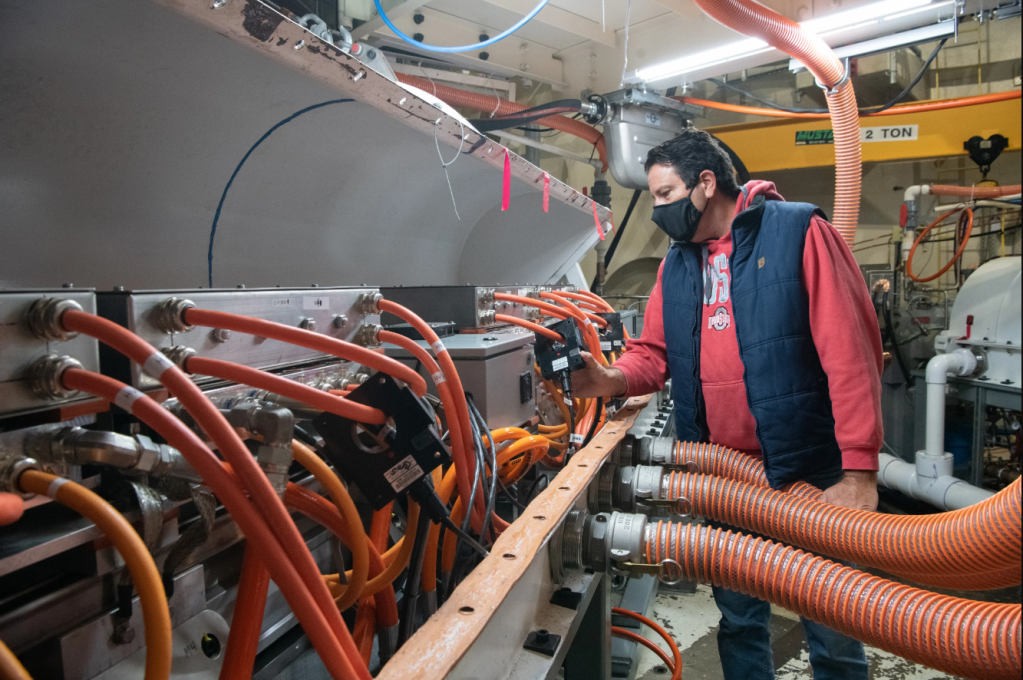
NASA, GE Complete Historic Hybrid-Electric Propulsion Tests
Under NASA’s Electrified Powertrain Flight Demonstration (EPFD) project, GE Aerospace completed the first-ever high power and high voltage hybrid electric system test with flight level altitudes at NEAT. Read more about this milestone which will help pave the way for future flight tests of electrified aircraft systems in the journey to sustainable aviation.

NASA, MagniX Altitude Tests Lay Groundwork for Hybrid Electric Planes
Engineers at magniX completed initial testing of a new electric aircraft engine at flight altitude levels as part of NASA’s Electrified Powertrain Flight Demonstration (EPFD) project. Learn more on how these tests will help lay the groundwork for future hybrid electric commercial aircraft.

It’s Electric! NASA Glenn Engineers Test Next Revolution Aircraft
During NEAT’s first test, researchers used 600 volts of electricity and successfully tested an electrical power system that could realistically power a small, one or two person aircraft. Read more about the research capabilities with this testbed.
Media

